Home>Furniture & Design>Bathroom Accessories>What Is A Plunger Valve
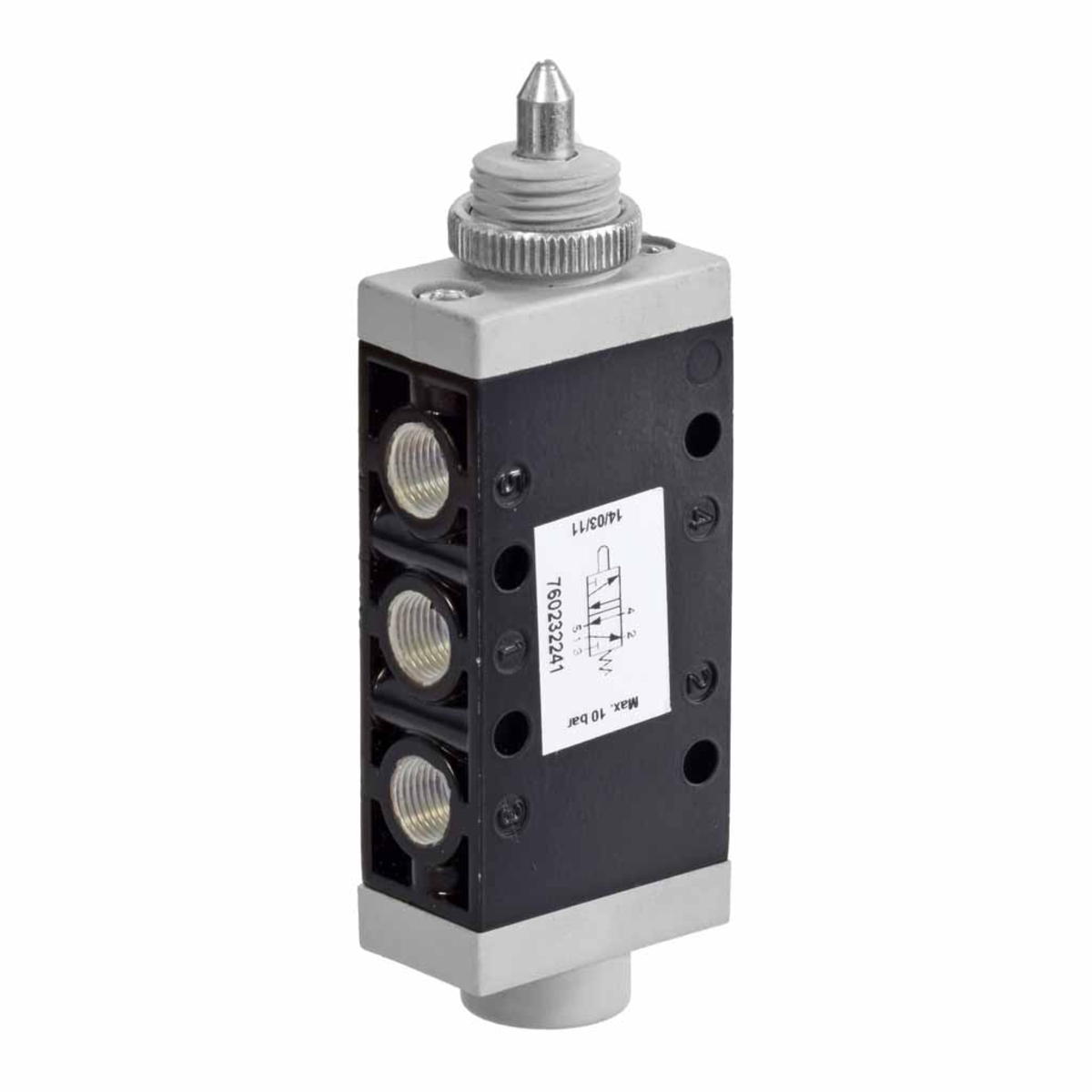

Bathroom Accessories
What Is A Plunger Valve
Published: February 11, 2024
Learn about the function and importance of a plunger valve in your bathroom. Find out how this essential bathroom accessory can help maintain your plumbing system. Discover more about bathroom accessories today!
(Many of the links in this article redirect to a specific reviewed product. Your purchase of these products through affiliate links helps to generate commission for Storables.com, at no extra cost. Learn more)
Introduction
Plunger valves are essential components in various systems and equipment, playing a crucial role in regulating the flow of liquids, gases, or other substances. These valves are widely used in industries, commercial establishments, and residential settings, making them an integral part of everyday life. Understanding the function and significance of plunger valves is essential for anyone involved in plumbing, engineering, or maintenance work.
Plunger valves are designed to control the flow of fluids by using a cylindrical or conical plunger that moves up and down within a cylindrical chamber. This movement allows the valve to open or close, regulating the flow of the substance passing through it. The simplicity and effectiveness of plunger valves make them a popular choice for a wide range of applications.
In this comprehensive guide, we will delve into the intricacies of plunger valves, exploring their design, functionality, types, applications, and the advantages and disadvantages they offer. By gaining a deeper understanding of plunger valves, readers will be equipped with the knowledge to make informed decisions regarding their selection, installation, and maintenance. Whether you are a professional in the field of engineering, a homeowner dealing with plumbing issues, or simply curious about the inner workings of everyday objects, this guide will provide valuable insights into the world of plunger valves.
Key Takeaways:
- Plunger valves are like traffic controllers for fluids and gases, helping them flow smoothly in various systems. They’re reliable, versatile, and crucial for industries and everyday life.
- Plunger valves have pros like precise flow control and cons like potential for clogging. Understanding their role and limitations helps make informed decisions for efficient fluid control.
Read more: What Is A Plunger For
Definition of a Plunger Valve
A plunger valve, also known as a piston valve, is a type of valve used to control the flow of fluids or gases in a piping system. It consists of a cylindrical or conical plunger that moves up and down within a cylindrical chamber, thereby opening or closing the valve. This movement is typically achieved by manual operation or through the use of an actuator, such as a solenoid or pneumatic mechanism.
The design of a plunger valve allows for precise regulation of flow, making it suitable for applications where accurate control of fluid or gas movement is essential. The plunger, often made of durable materials such as rubber, plastic, or metal, forms a tight seal against the walls of the valve chamber when in the closed position, preventing any leakage or unwanted flow. When the plunger is lifted or lowered, it creates an opening for the substance to pass through, enabling efficient flow control.
Plunger valves are commonly used in various industries, including manufacturing, petrochemical, pharmaceutical, and water treatment, as well as in residential and commercial plumbing systems. Their versatility and reliability make them a preferred choice for applications requiring precise fluid regulation.
In addition to their primary function of controlling flow, plunger valves can also be utilized for tasks such as pressure relief, backflow prevention, and emergency shut-off. Their ability to handle a wide range of operating pressures and temperatures further enhances their utility in diverse environments.
The design and construction of plunger valves can vary based on the specific application and the type of fluid or gas being controlled. Factors such as material compatibility, flow rate, and environmental conditions are carefully considered when selecting a plunger valve to ensure optimal performance and longevity.
Overall, the definition of a plunger valve encompasses its role as a reliable and efficient flow control device, capable of meeting the diverse needs of fluid and gas handling systems across various industries and everyday settings. Understanding the fundamental principles and characteristics of plunger valves is essential for anyone involved in the design, installation, or maintenance of fluid control systems.
How a Plunger Valve Works
A plunger valve operates on the principle of using a cylindrical or conical plunger to regulate the flow of fluids or gases within a piping system. The functionality of a plunger valve is based on the movement of the plunger within a cylindrical chamber, which determines whether the valve is open or closed.
When the plunger is in the closed position, it forms a tight seal against the walls of the valve chamber, preventing the passage of any substance. This ensures that there is no unwanted flow or leakage, maintaining the integrity of the system. The ability of the plunger to create a secure seal is crucial for applications where precise flow control is essential.
To initiate the flow of fluid or gas, the plunger is lifted, creating an opening within the valve. This allows the substance to pass through the valve and continue along the piping system. The size of the opening can be adjusted by controlling the position of the plunger, enabling precise regulation of the flow rate.
The movement of the plunger can be achieved through manual operation, where an individual physically adjusts the position of the plunger, or through the use of an actuator. Actuators, such as solenoids or pneumatic mechanisms, provide automated control of the plunger, allowing for remote operation and integration into larger control systems.
The design of the plunger and the valve chamber is crucial to the efficient operation of the plunger valve. The plunger is often constructed from durable materials such as rubber, plastic, or metal, ensuring a reliable seal and resistance to wear and corrosion. The valve chamber is carefully engineered to facilitate smooth movement of the plunger while maintaining structural integrity under varying operating conditions.
In summary, the operation of a plunger valve revolves around the movement of the plunger to control the flow of fluids or gases. Its ability to create a secure seal in the closed position and provide precise regulation of flow in the open position makes it a versatile and essential component in fluid control systems across a wide range of industries and applications. Understanding the inner workings of a plunger valve is fundamental to harnessing its capabilities for efficient flow control and system reliability.
Types of Plunger Valves
Plunger valves come in various types, each designed to meet specific application requirements and operating conditions. Understanding the different types of plunger valves is essential for selecting the most suitable option for a given system or process. Here are some common types of plunger valves:
-
Solenoid-Operated Plunger Valves: These valves are equipped with a solenoid actuator that controls the movement of the plunger. Solenoid-operated plunger valves are widely used in automated systems where remote operation and rapid response times are crucial. They are commonly employed in applications such as irrigation systems, industrial automation, and fluid control in electronic devices.
-
Manual Plunger Valves: As the name suggests, manual plunger valves are operated by manual manipulation of the plunger. These valves are often used in small-scale systems or applications where the flow control requirements are relatively simple. Manual plunger valves are found in household plumbing fixtures, laboratory equipment, and small-scale industrial processes.
-
Pneumatically-Actuated Plunger Valves: Pneumatic plunger valves utilize compressed air or gas to actuate the movement of the plunger. These valves are valued for their rapid response and precise control, making them suitable for applications in industries such as pharmaceutical manufacturing, food processing, and pneumatic control systems.
-
Hydraulically-Operated Plunger Valves: In hydraulically-operated plunger valves, the movement of the plunger is controlled by hydraulic pressure. These valves are commonly used in heavy-duty industrial applications, hydraulic control systems, and large-scale fluid power systems where high pressure and robust performance are essential.
-
High-Pressure Plunger Valves: Designed to withstand extreme operating pressures, high-pressure plunger valves are utilized in applications where the control of fluids or gases under high pressure is critical. These valves find applications in oil and gas processing, chemical manufacturing, and high-pressure hydraulic systems.
-
Low-Pressure Plunger Valves: Conversely, low-pressure plunger valves are tailored for systems operating at lower pressures. They are commonly used in HVAC systems, water treatment plants, and general-purpose fluid control applications where precise regulation of low-pressure fluids is required.
-
Three-Way Plunger Valves: Three-way plunger valves feature a unique design that allows for the diversion of fluid flow into two different outlets. These valves are employed in applications where switching between two flow paths or mixing of fluids is necessary, such as in chemical processing, water distribution systems, and analytical instrumentation.
Understanding the characteristics and capabilities of each type of plunger valve is crucial for selecting the most appropriate option based on the specific requirements of a given application. By considering factors such as operating conditions, flow control needs, and system integration, the optimal type of plunger valve can be chosen to ensure efficient and reliable fluid or gas regulation.
Applications of Plunger Valves
Plunger valves find diverse applications across a wide spectrum of industries and systems, owing to their versatility, reliability, and precise flow control capabilities. The inherent design and functionality of plunger valves make them indispensable components in numerous processes and equipment. Here are some prominent applications of plunger valves:
Read more: What Is A Plunger Pump
Industrial Manufacturing
In industrial manufacturing processes, plunger valves are utilized for controlling the flow of various liquids and gases. They play a crucial role in regulating the movement of raw materials, chemicals, and process fluids within production lines. Plunger valves are integral to the operation of equipment such as mixing tanks, filling machines, and dispensing systems, ensuring accurate and consistent flow control to maintain product quality and process efficiency.
Water and Wastewater Treatment
Plunger valves are extensively employed in water and wastewater treatment facilities for managing the flow of water, chemicals, and sludge. These valves are utilized in processes such as sedimentation, filtration, and chemical dosing, where precise control of fluid flow is essential for achieving optimal treatment outcomes. Plunger valves contribute to the efficient operation of treatment plants, aiding in the purification and safe disposal of water and wastewater.
HVAC Systems
Heating, ventilation, and air conditioning (HVAC) systems rely on plunger valves for regulating the flow of refrigerants, water, and air within the system. These valves are utilized in applications such as chiller units, cooling towers, and air handling units, where they facilitate the precise adjustment of fluid flow to maintain desired temperature and humidity levels. Plunger valves contribute to the energy efficiency and performance of HVAC systems, ensuring optimal comfort and environmental control.
Pharmaceutical and Biotechnology
In the pharmaceutical and biotechnology industries, plunger valves are employed in critical processes such as drug formulation, sterile filling, and bioreactor control. These valves provide accurate and sanitary fluid handling, meeting stringent regulatory requirements for product quality and safety. Plunger valves play a vital role in ensuring the precise delivery of pharmaceutical ingredients and maintaining sterile conditions in bioprocessing applications.
Read more: What Is The Plunger Of A Syringe
Oil and Gas Operations
Plunger valves are utilized in oil and gas operations for controlling the flow of hydrocarbons, natural gas, and process fluids within production facilities and pipelines. These valves are integral to processes such as wellhead control, pipeline isolation, and pressure regulation, contributing to the safe and efficient extraction, processing, and transportation of oil and gas resources.
Laboratory and Analytical Instrumentation
In laboratory settings and analytical instrumentation, plunger valves are employed for fluid handling and sample injection in chromatography, spectroscopy, and other analytical techniques. These valves enable precise control of sample flow and reagent delivery, supporting accurate and reproducible analytical results in research, quality control, and scientific analysis.
Food and Beverage Processing
Plunger valves play a vital role in food and beverage processing facilities, where they are utilized for controlling the flow of ingredients, flavorings, and cleaning solutions. These valves contribute to the efficient operation of equipment such as mixers, fillers, and pasteurization systems, ensuring precise fluid handling and adherence to food safety standards.
Automotive and Transportation
In automotive and transportation systems, plunger valves are employed in applications such as fuel delivery, air brake systems, and hydraulic control circuits. These valves contribute to the reliable and efficient operation of vehicle components, supporting safe and responsive performance in automotive, marine, and aerospace applications.
The diverse applications of plunger valves underscore their significance in facilitating precise and reliable flow control across a wide range of industries and systems. By providing essential fluid handling capabilities, plunger valves contribute to the efficiency, safety, and quality of processes and equipment in various domains.
Read more: What Is A Gate Valve In Plumbing
Advantages and Disadvantages of Plunger Valves
Plunger valves offer a range of advantages and disadvantages that should be carefully considered when evaluating their suitability for specific applications.
Advantages
-
Precise Flow Control: Plunger valves excel in providing precise regulation of fluid or gas flow, allowing for accurate adjustment of flow rates to meet process requirements. This level of control is essential in applications where consistency and precision are paramount.
-
Reliable Sealing: The design of plunger valves enables them to create a secure seal when closed, effectively preventing leakage and ensuring the integrity of the system. This reliability in sealing is crucial for maintaining process efficiency and safety.
-
Versatility: Plunger valves are versatile and can handle a wide range of operating pressures and temperatures, making them suitable for diverse applications across various industries. Their adaptability contributes to their widespread use in different systems and processes.
-
Low Maintenance: Due to their simple design and robust construction, plunger valves often require minimal maintenance. This characteristic reduces downtime and maintenance costs, making them a cost-effective choice for long-term operation.
-
Manual or Automated Operation: Plunger valves can be operated manually or integrated with automated control systems, providing flexibility in how they are managed within a process. This adaptability allows for seamless integration into different types of control setups.
Disadvantages
-
Limited to On/Off Control: While plunger valves excel in providing precise on/off control of flow, they may not be as suitable for applications requiring proportional control. In situations where gradual adjustments in flow are necessary, alternative valve types may be more appropriate.
-
Potential for Clogging: In some applications, plunger valves may be susceptible to clogging if the fluid being controlled contains solid particles or debris. This can impact the performance of the valve and necessitate regular cleaning and maintenance.
-
Noise and Vibration: Depending on the operating conditions and design, plunger valves may produce noise and vibration during operation. In environments where noise and vibration are critical considerations, additional measures may be required to mitigate these effects.
-
Limited to Low to Moderate Pressures: While plunger valves are suitable for a wide range of pressures, they may not be ideal for extremely high-pressure applications. In such cases, specialized high-pressure valves may be more appropriate.
-
Material Compatibility: The materials used in the construction of plunger valves must be carefully selected to ensure compatibility with the fluid or gas being controlled. Incompatibility can lead to corrosion, degradation, or malfunction of the valve.
By weighing these advantages and disadvantages, stakeholders can make informed decisions regarding the implementation of plunger valves in their systems, considering factors such as process requirements, environmental conditions, and long-term operational considerations.
Conclusion
In conclusion, plunger valves stand as indispensable components in a myriad of industries and systems, offering precise flow control, reliable sealing, and versatility. Their ability to regulate the movement of fluids and gases with accuracy and consistency makes them essential for maintaining process efficiency and safety. Whether in industrial manufacturing, water treatment, HVAC systems, pharmaceutical and biotechnology applications, or various other domains, plunger valves play a pivotal role in facilitating the efficient operation of equipment and processes.
The diverse types of plunger valves, including solenoid-operated, manual, pneumatic, and hydraulically-actuated variants, cater to a wide range of application requirements, providing flexibility in fluid control solutions. From high-pressure environments to low-pressure systems, plunger valves offer adaptability and reliability, contributing to their widespread adoption across different industries.
While plunger valves offer numerous advantages, including precise flow control, reliable sealing, and low maintenance requirements, it is important to consider their limitations, such as susceptibility to clogging, noise and vibration, and material compatibility challenges. By carefully evaluating the specific needs of a given application, stakeholders can make informed decisions regarding the selection and integration of plunger valves, ensuring optimal performance and longevity.
In essence, the significance of plunger valves in facilitating efficient and precise fluid and gas regulation cannot be overstated. Their impact spans across critical processes, from industrial production to environmental management, healthcare, and beyond. By understanding the intricacies of plunger valves and their diverse applications, professionals and stakeholders can harness the capabilities of these essential components to enhance the reliability, efficiency, and safety of fluid control systems.
As technology advances and industry demands evolve, the role of plunger valves continues to be pivotal in meeting the ever-changing requirements of modern systems and processes. With ongoing innovation and advancements in materials and design, plunger valves are poised to remain integral to the seamless operation of diverse applications, contributing to the advancement of industries and the improvement of everyday processes.
Frequently Asked Questions about What Is A Plunger Valve
Was this page helpful?
At Storables.com, we guarantee accurate and reliable information. Our content, validated by Expert Board Contributors, is crafted following stringent Editorial Policies. We're committed to providing you with well-researched, expert-backed insights for all your informational needs.
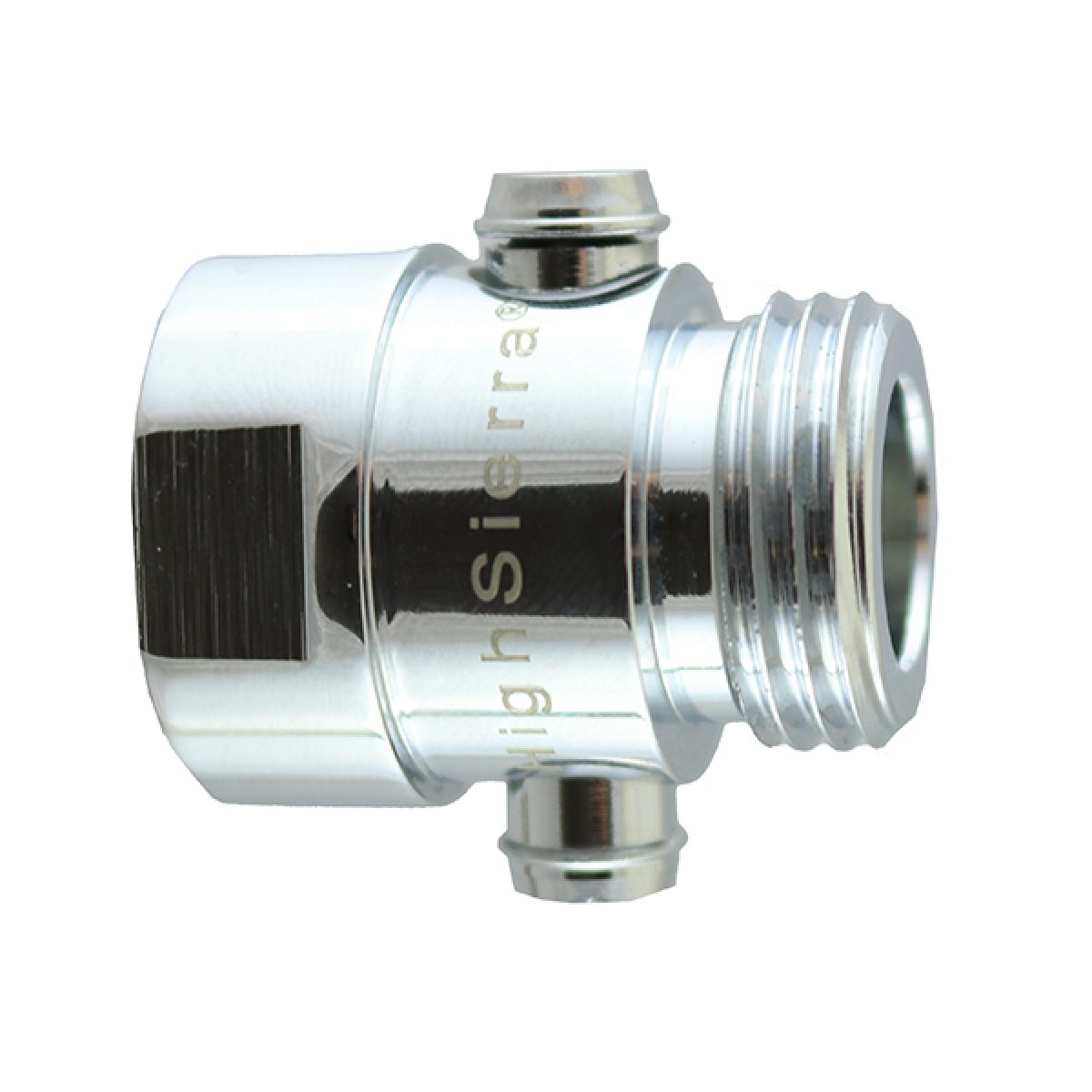
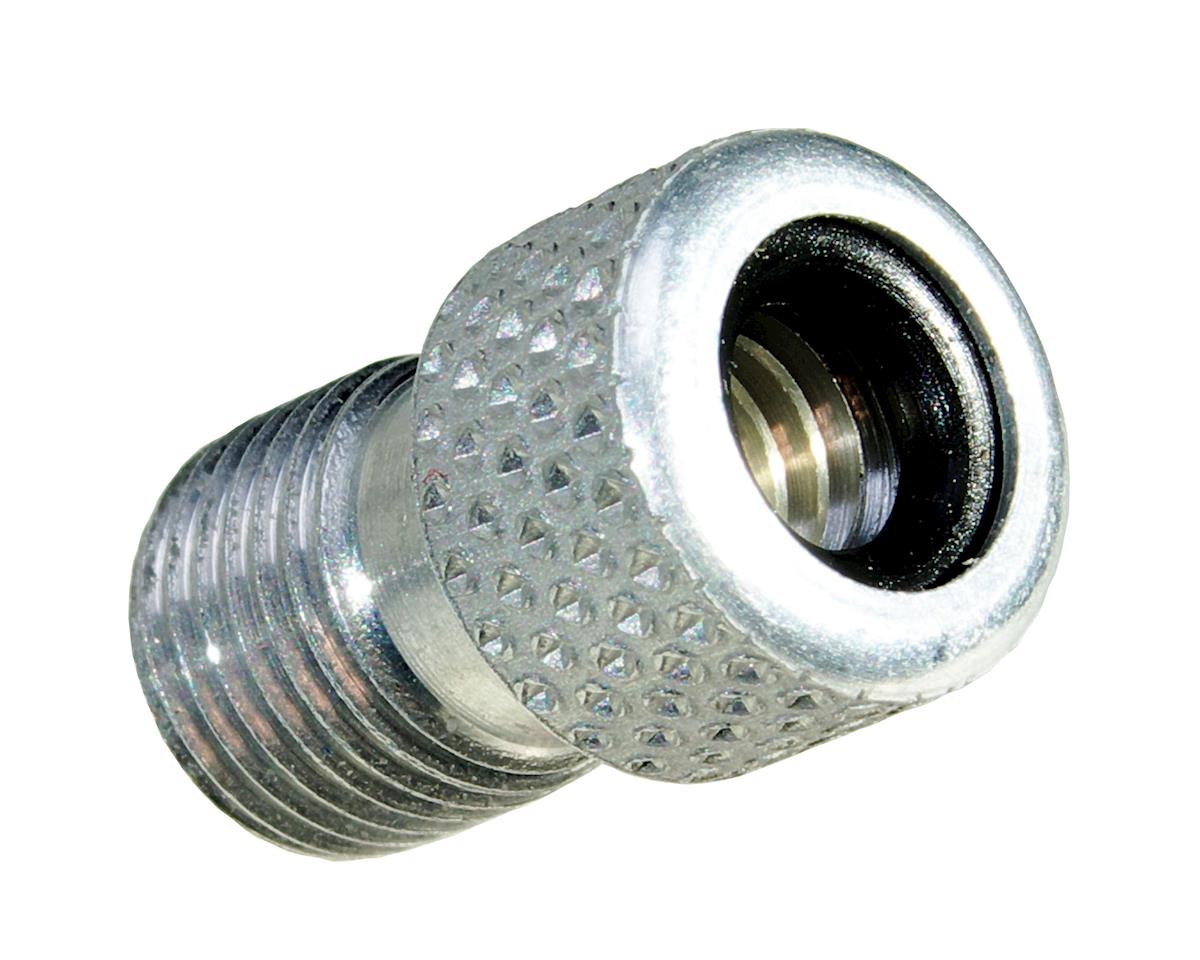
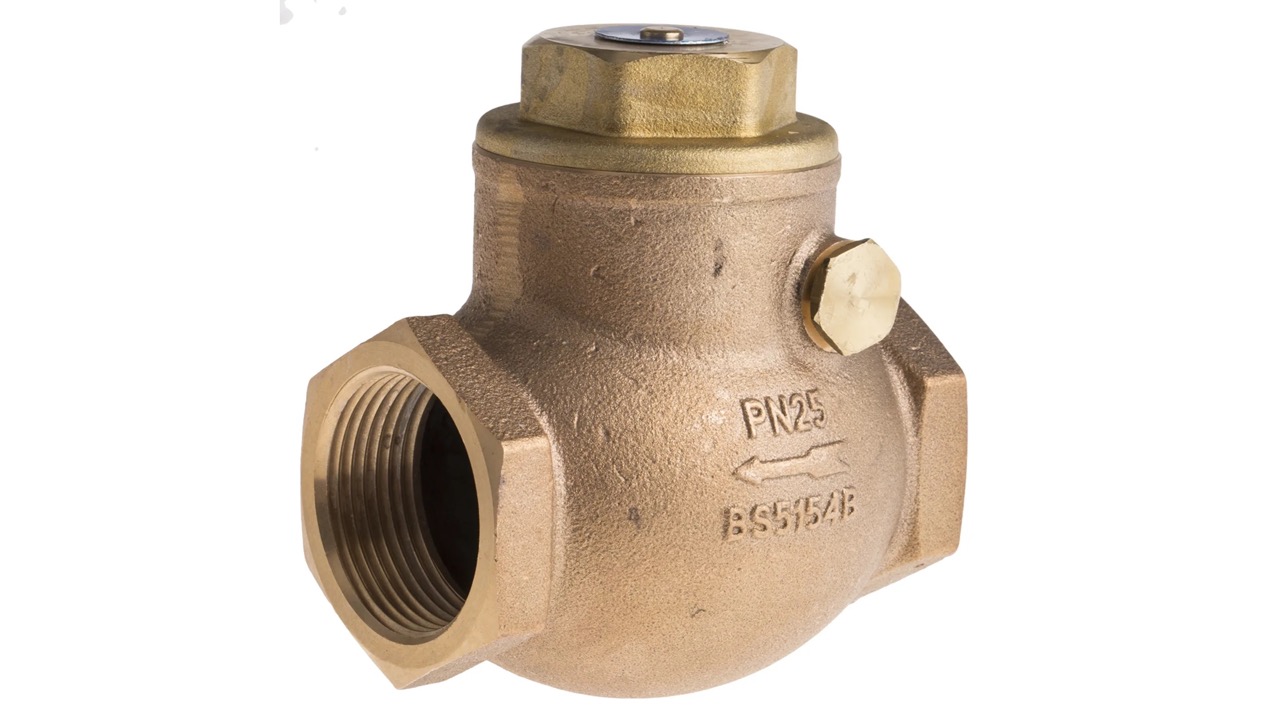
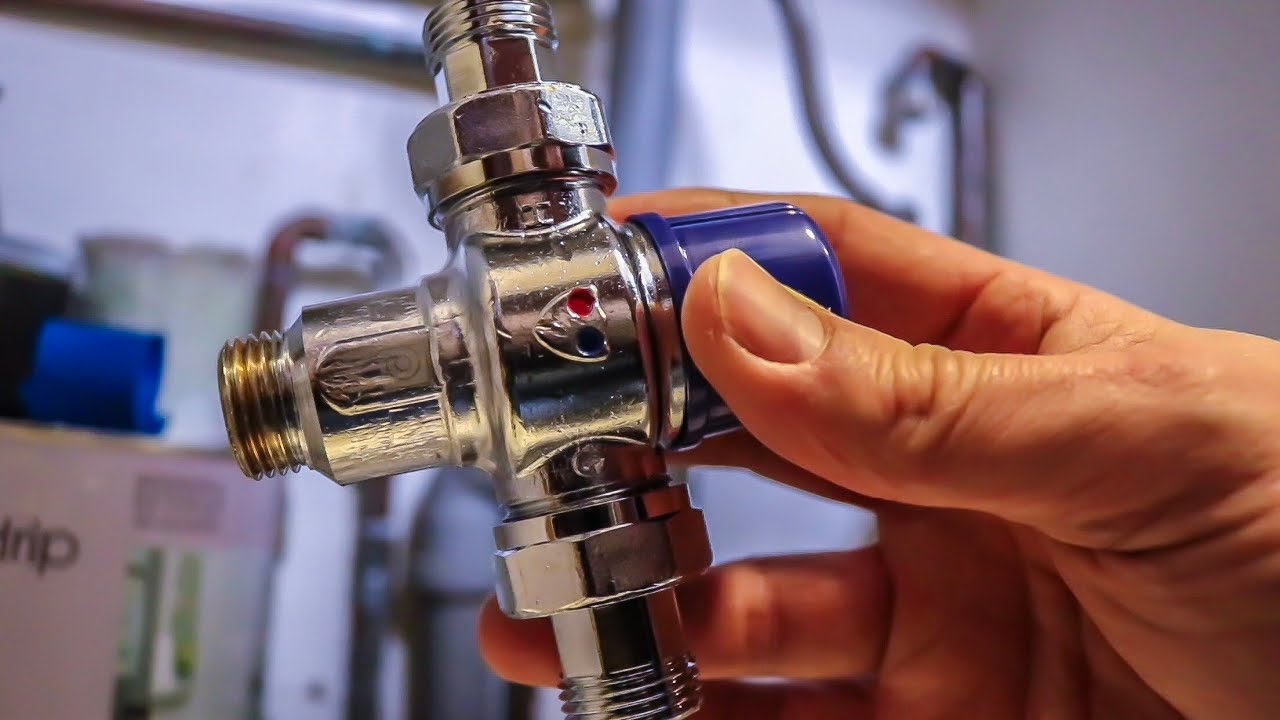
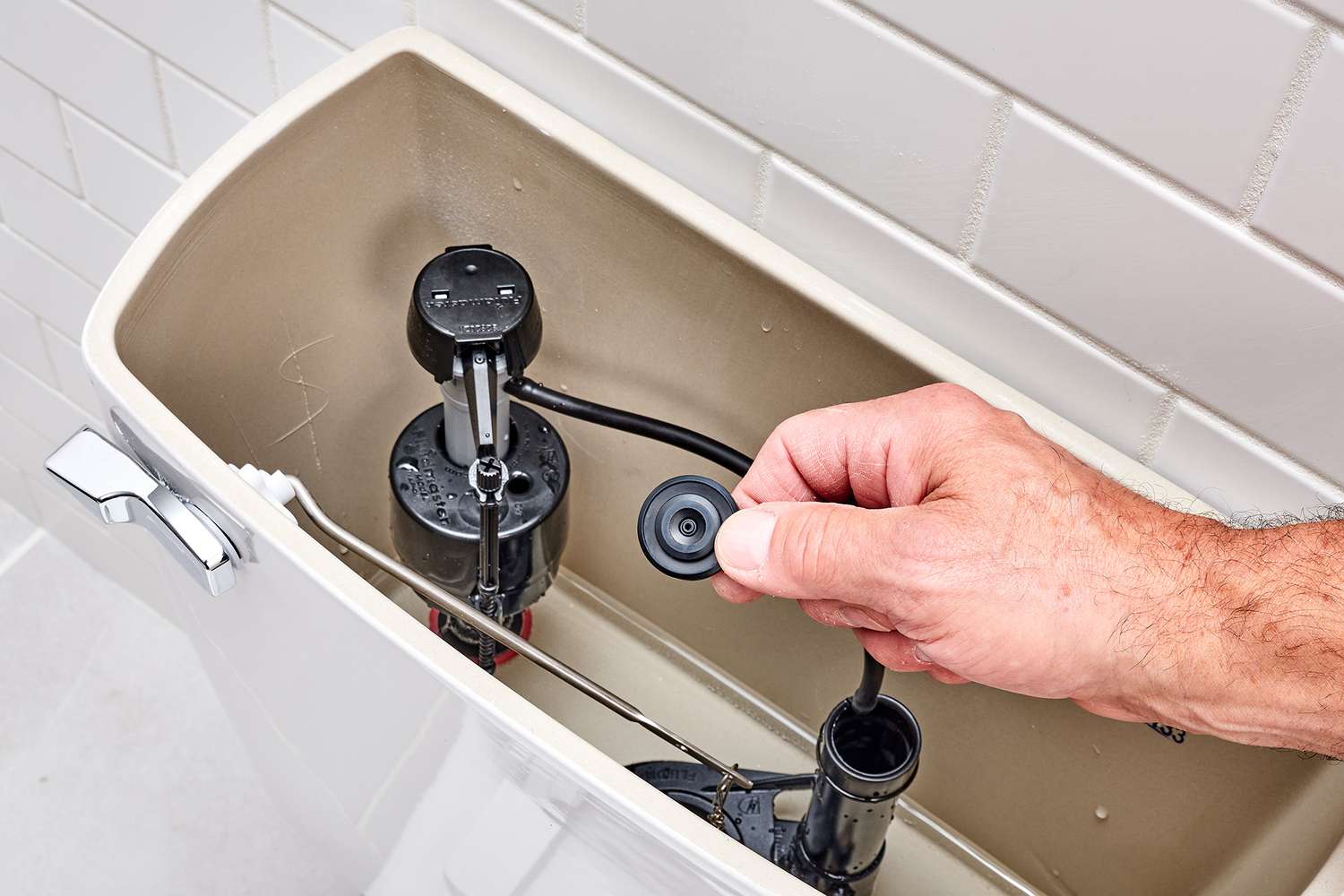
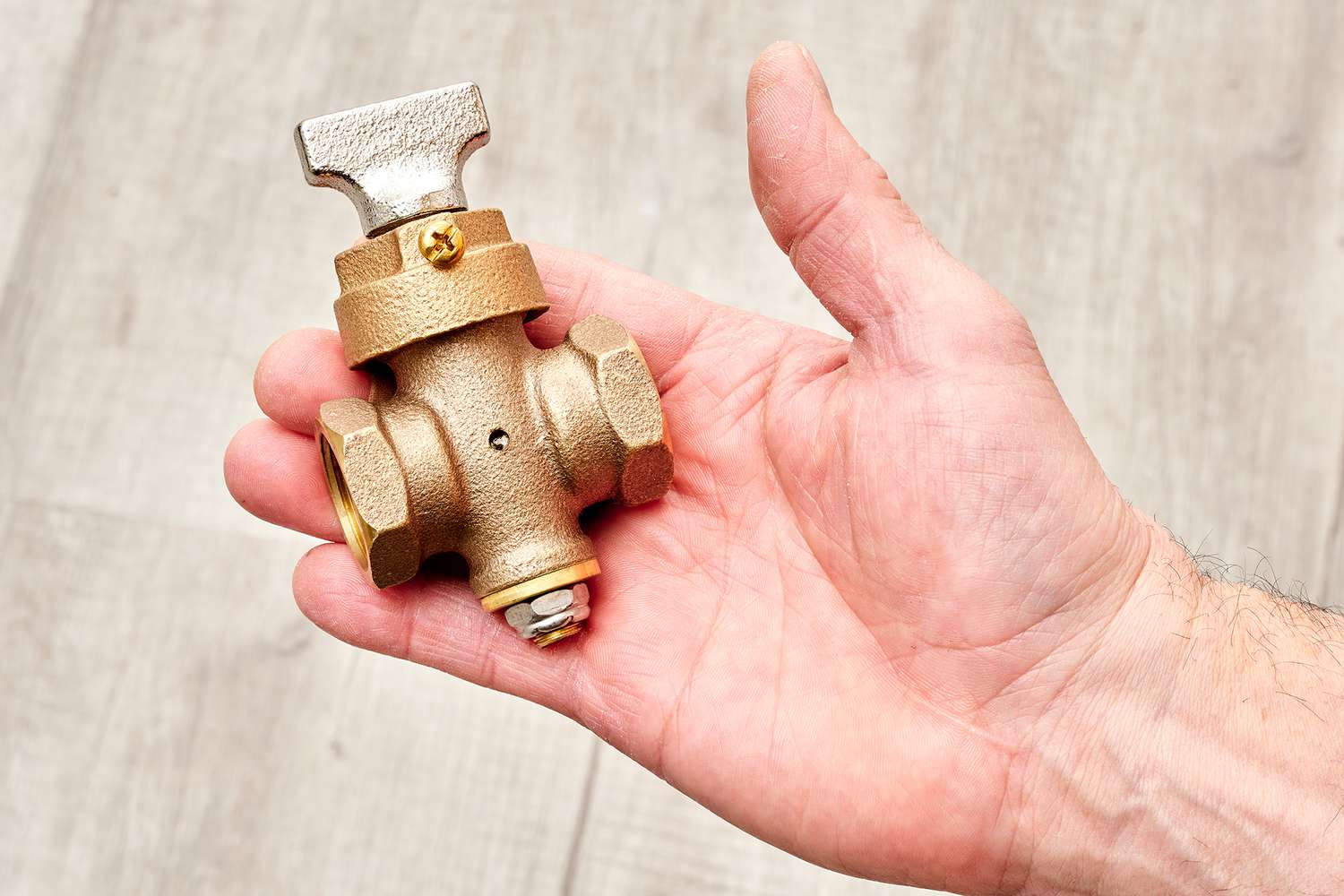
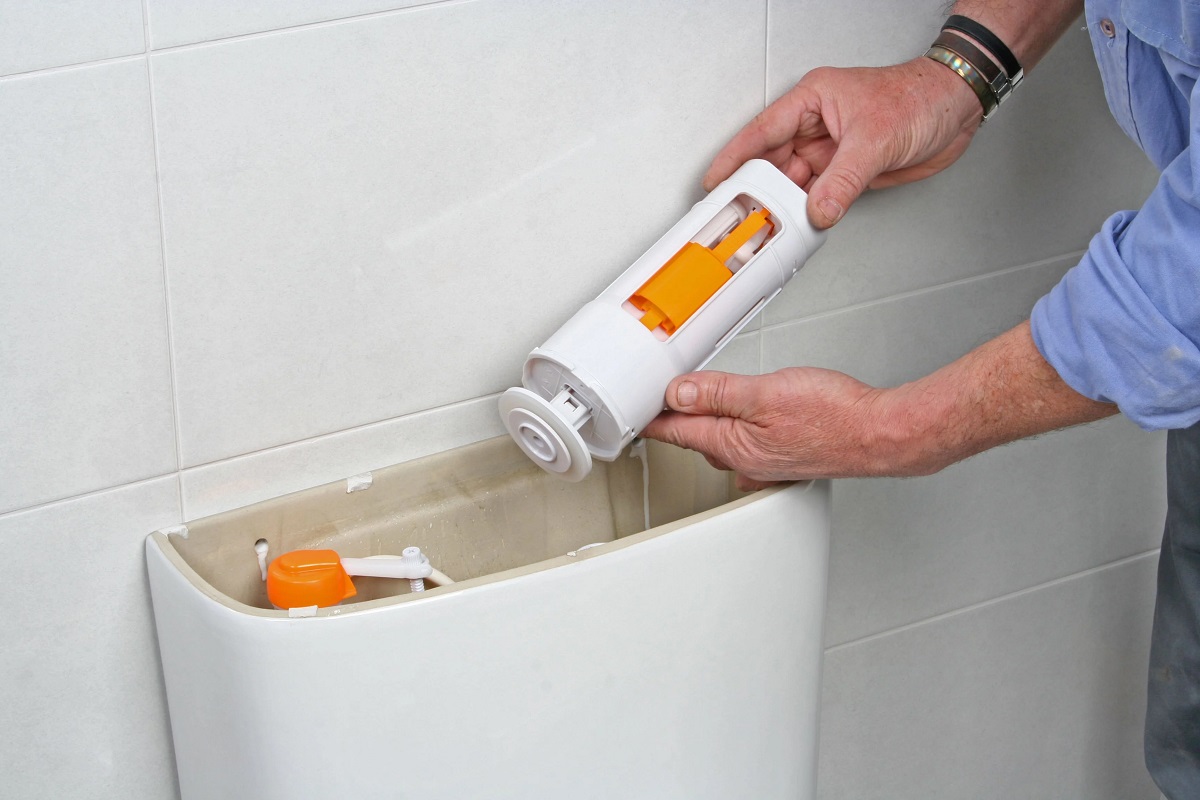
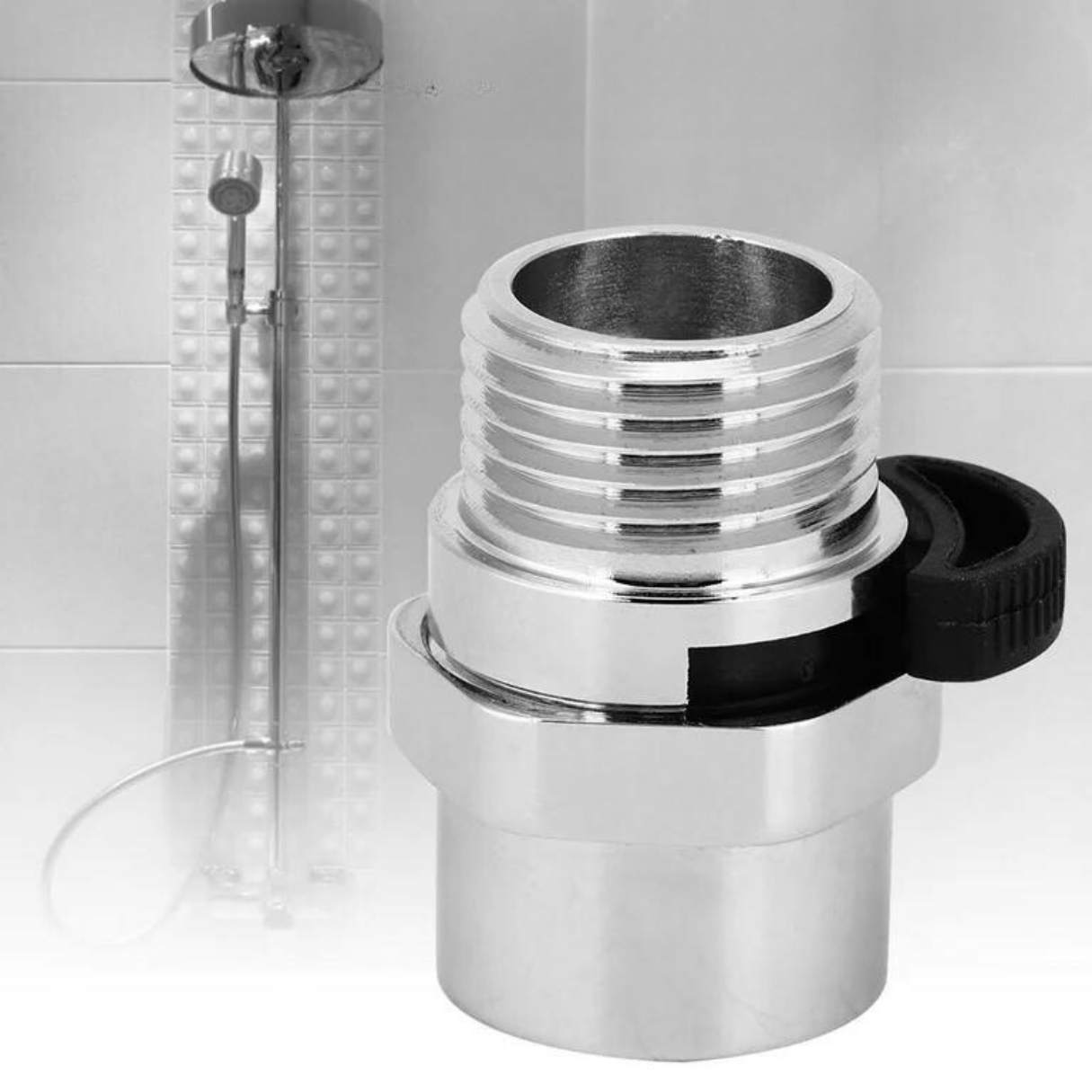
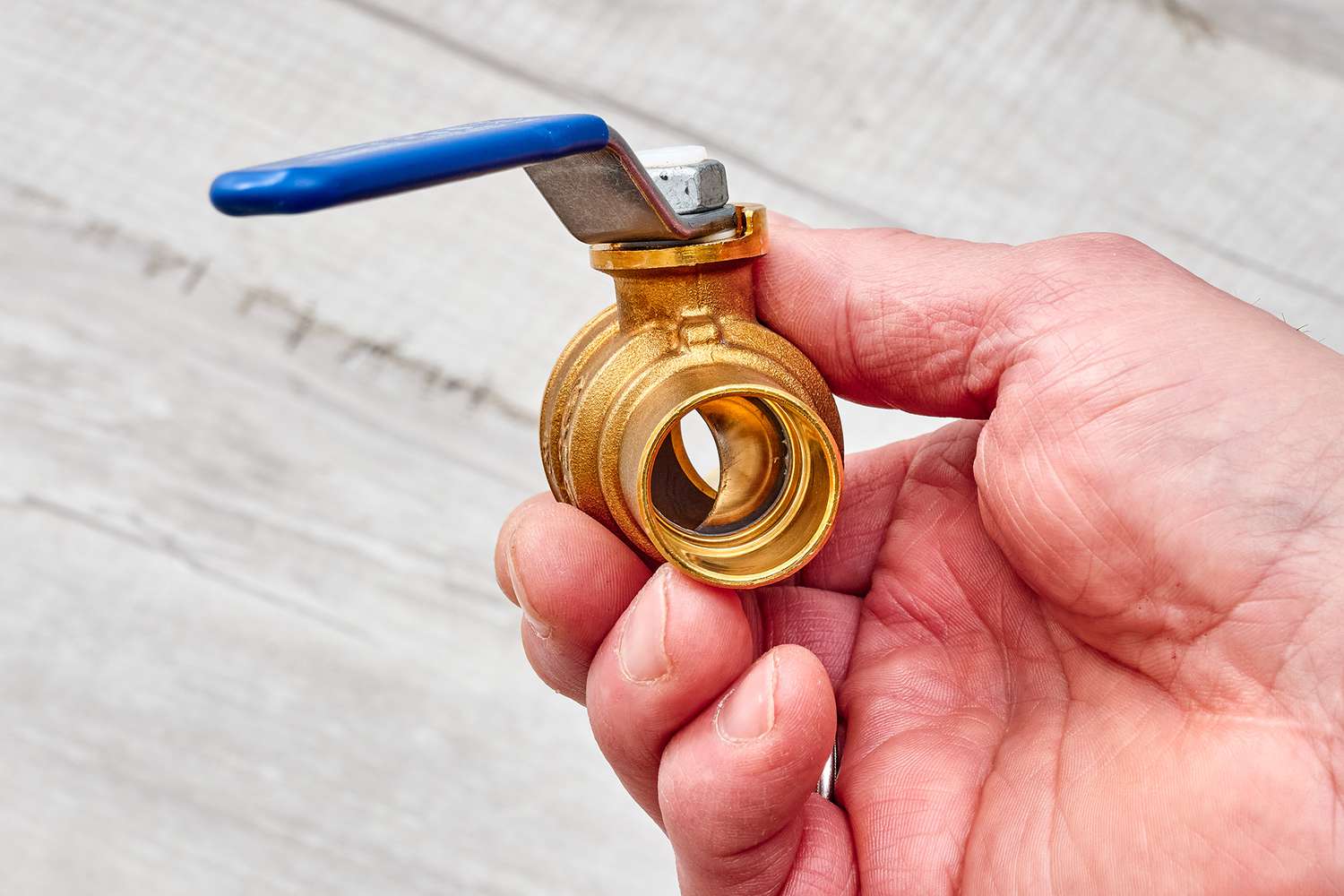

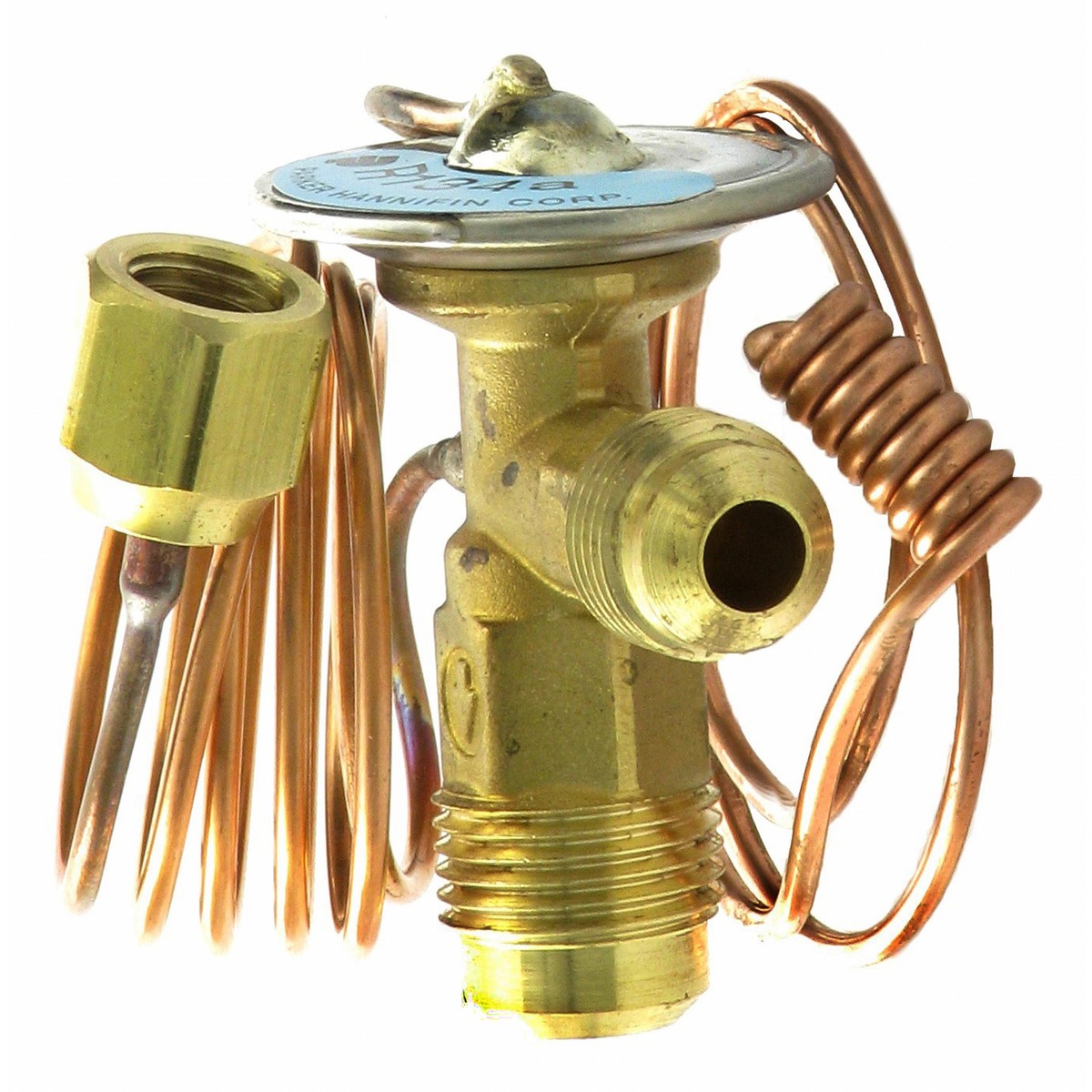
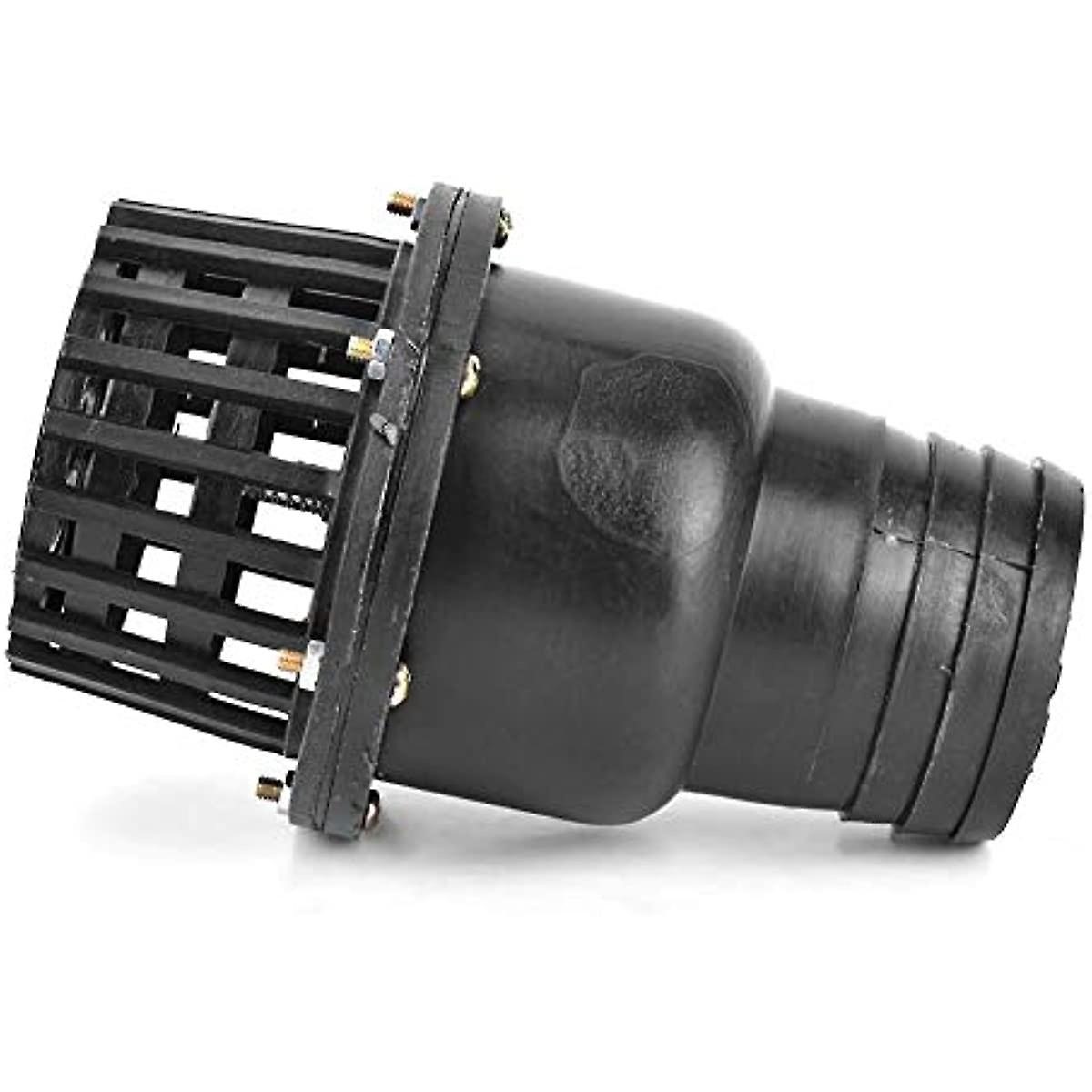

0 thoughts on “What Is A Plunger Valve”